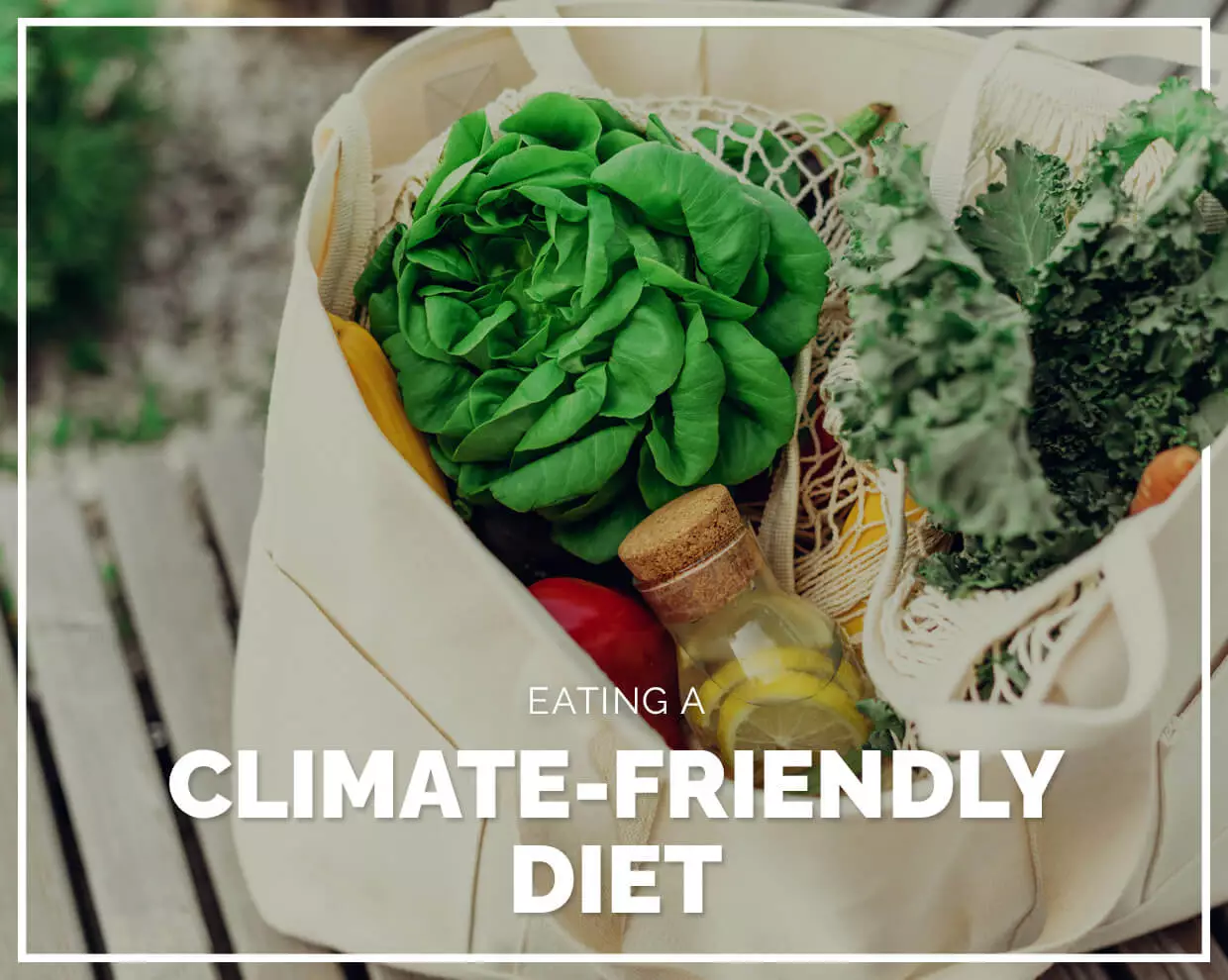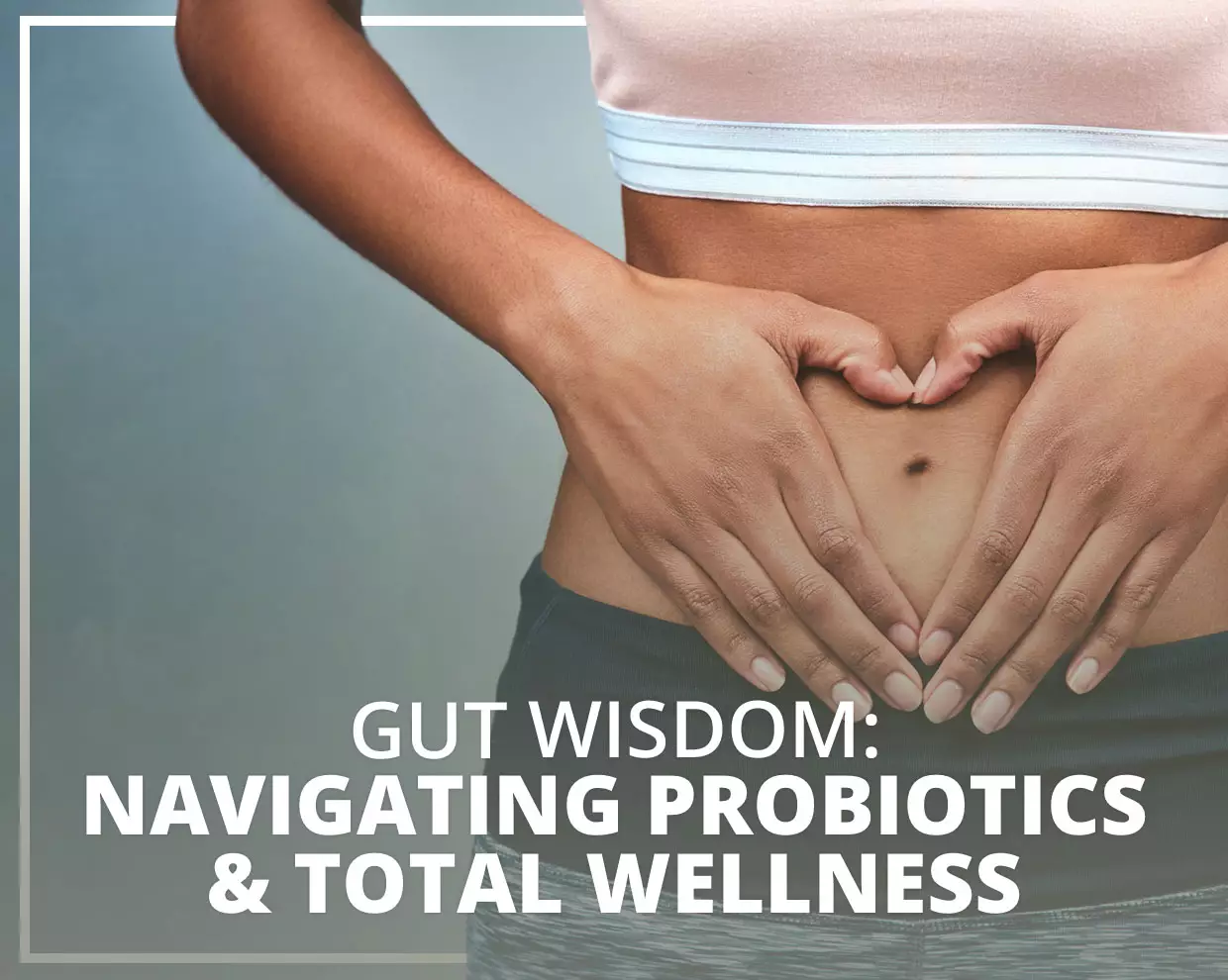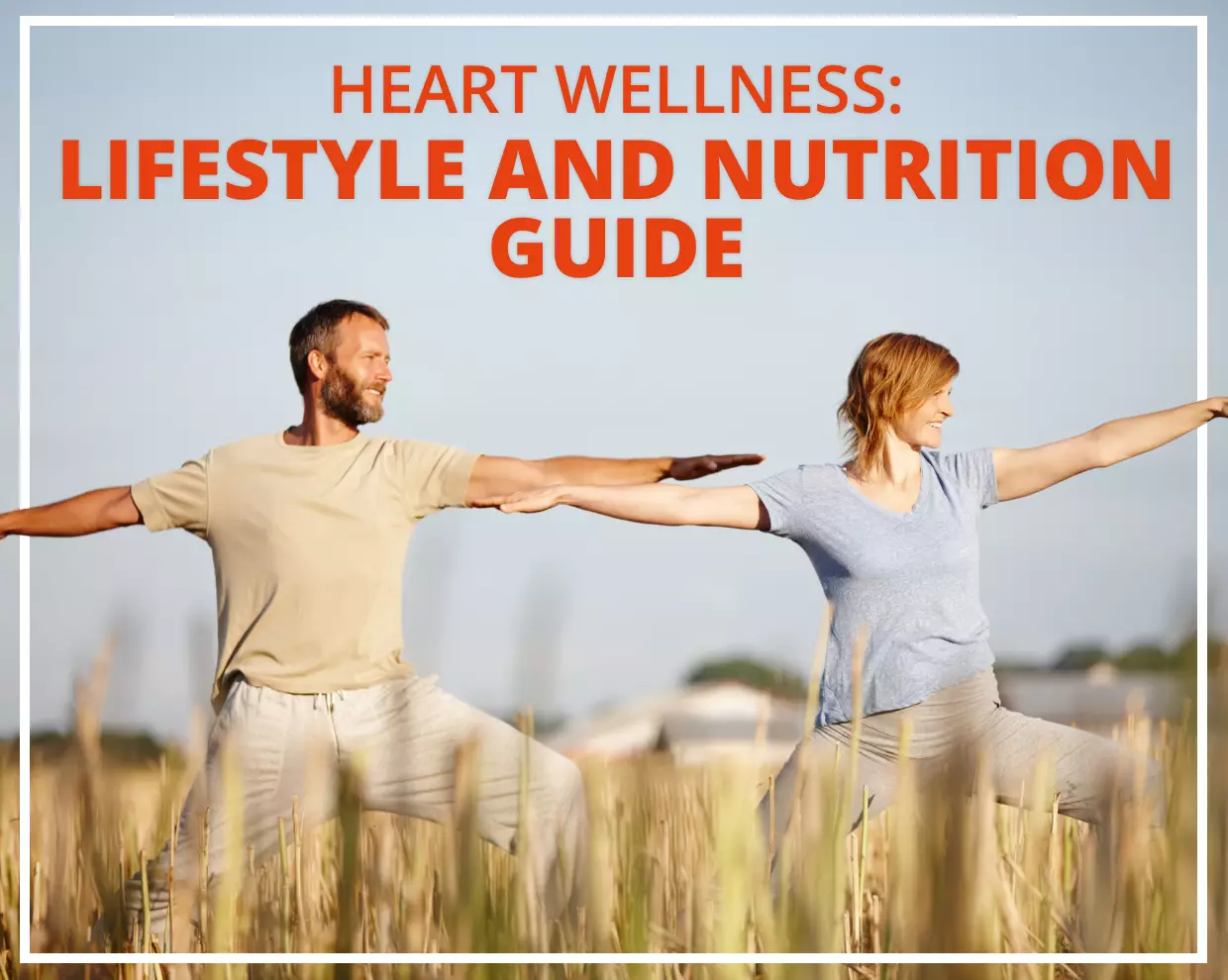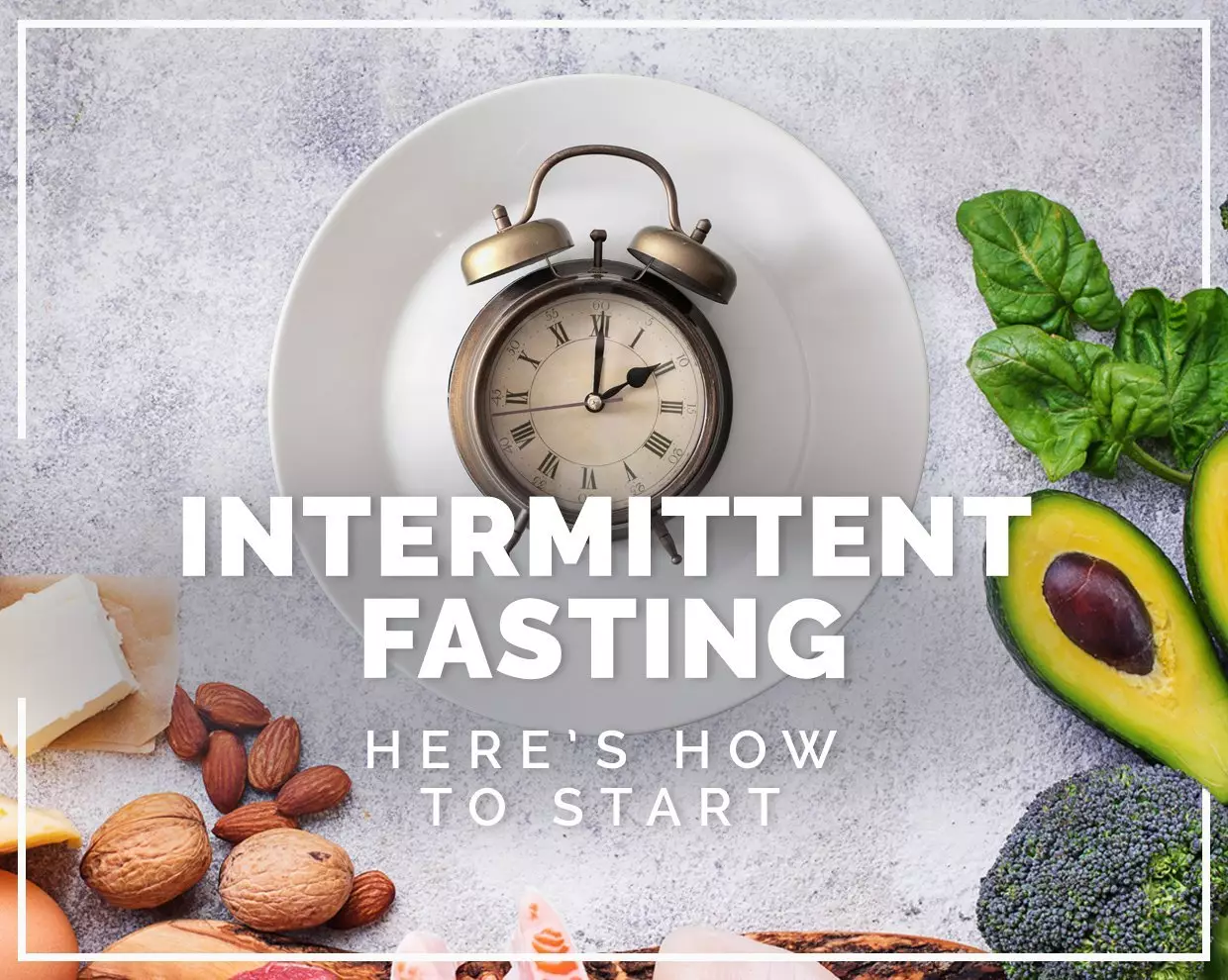Our food choices are no longer personal choices; what we choose to eat has a direct impact on our planet. Greenhouse gas emissions from agriculture have increased by 12% from 1990 to 2019(1), with food causing a whopping 20-30% of all global greenhouse gas emissions(2).
With climate change on the rise, it’s more important than ever to make eco-conscious decisions and think about the impact your food consumption is having on the planet - especially if you follow a carnivorous diet.
Meat, in particular beef and lamb, stands out among over 90 food groups, and the reason is that most worldwide meat consumption comes from ruminants. Ruminants are animals that chew their cud - the portion of partly chewed food that returns from the animal’s stomach to the mouth to be chewed for a second time. The fermentation of food in their digestive system causes the release of methane gas into our environment, and their need for larger amounts of food and land creates more intense greenhouse gas emissions than any other animal type(3).
But this doesn’t mean that you have to give up all meat consumption. There are plenty of ways to eat a more sustainable diet without excluding meat, so if you follow a paleo or keto diet, you don’t have to go cold turkey and become vegetarian.
For those who follow a paleo or keto diet, it might be a relief to know that eating a more environmentally friendly diet doesn’t mean you have to give up eating lamb and beef for good. There is a way, and it’s called the Climaritarian Diet.
The Climaritarian Diet
The Climatarian Diet is a flexible way of eating that doesn’t exclude meat - rather, it encourages a more conscious consumption of all foods. It involves eating fruits and vegetables that are in season; avoiding meat that comes from factory farms, and seeking local ingredients with lower carbon footprints. In a nutshell, the Climatarian Diet means you do what you can. You try to adopt a more mindful attitude towards your eating habits, prioritising understanding where foods come from and what their impact is on the planet.
Its core principles involve:
● Eating land efficient, low carbon foods
● Reducing beef and lamb consumption
● Buying local, organic produce where possible
● Cutting down on food waste
In essence, eating a climatarian diet simply means occasionally swapping from beef and lamb to pork and poultry to help dramatically cut your carbon footprint. Foods like beef, lamb, goat, air flown produce and unsustainable fish should be reduced, while local fruit and veg, plant foods, pork and poultry, sustainable fish and dairy are lower carbon alternatives.
Other things you can do are buying less food to avoid wastage, avoiding foods flown by air freight and shopping locally, choosing high welfare, organic meat where possible, eating seasonally and composting food waste to prevent it from ending up in landfill. If you’re not sure what foods are in season, you can find more information about seasonal foods in the UK here.
Why regenerative farming is so important for all diets
No matter what diet you follow, the majority of our current farming practices are degenerative. Traditional farming methods involve CO2 being displaced from the soil - where it helps create new forms of life - and forcing it into the atmosphere and oceans, where it creates an imbalance in our environment.
We have the opportunity however to build healthier soil through regenerative farming. Regenerative farming is a process whereby farmland is used as a carbon sink, effectively drawing carbon from the atmosphere and storing it in the soil, resulting in an offset in carbon emissions from meat production. Farmers who follow its principles avoid using chemical pesticides, rotate their crops and livestock, and use sustainable methods like composting and regenerative grazing.
Rotating livestock ensures that the land has sufficient time to regenerate between grazing periods, which results in an increase in soil carbon deposits, improved land conditions, balanced biodiversity, and lower greenhouse gas emissions.
Not only does this farming method help to slow climate change, it also helps to expand biodiversity. The reason for this is that when farmers rotate crops by growing a different type of food in the same location each season, the soil absorbs a more diverse range of nutrients and organic matter. Artificial fertilisers create an imbalance of microbes in the soil, resulting in a weak agroecosystem with plants that end up relying totally on chemical fertilisers. Regenerative farming aims to cut out the use of chemicals to create a completely natural relationship between plants and soil organisms, the way it should be.
Why not all plant-based foods are the same
Just like with animal-based products, not all plant foods are equal when it comes to sustainability. Certain vegetables for example have a lower carbon footprint than others such as the mushroom, which is one of the lowest environmental impact foods on the planet(4). For a start, mushrooms will happily grow on an upcycled matter such as cotton hulls, almond husks, corn cobs, wheat straw, and even sawdust. This makes them one of the easiest food sources to grow on the planet.
Their growing process also creates a minimal amount of environmental impact, since it only takes under two gallons of water to produce one pound of button mushrooms, which – in comparison to the tens of gallons of water used to grow other fruits and vegetables — is extremely efficient. A study also found that growing and harvesting mushrooms generate far less CO2 than any other type of vegetable. Introducing or increasing your intake of mushrooms in your diet is one of the most sustainable methods you can take. We love the range by KÄÄPÄ Health - the largest Chaga producer in the world, cultivating 100,000 kilos of Chaga mushrooms a year from sustainably managed organic forests in Finland.
Moving towards sustainable packaging
At Functional Self, we value sustainability, and sustainable products and packaging. In addition to our goal of becoming a 100% carbon neutral brand by 2025, we only use eco-friendly packaging, including paper tape and Woolcool for temperature-sensitive products. We’re also working with our existing brands to improve the materials they use for their products and are pushing for 100% plastic-free containers for any new brands.
Summary
From cutting down on meat from ruminants, such as lamb and beef, to eating a diet rich in organic, locally sourced fruit and vegetables, eating a climate-friendly diet is all about being conscious of the foods you choose, and where they come from. It’s not about becoming vegan or vegetarian, but being more aware of the environmental impact of the meat you buy, and cutting back on consumption of certain animals such as ruminants. For more information on the sustainability measures we are taking as a brand, head over to our website.
References
1 Sources of Greenhouse Gas Emissions
2 Climatarian is the healthy, climate friendly, nature friendly diet
3 Climatarian is an easy diet that’s good for the climate, good for nature and good for you
4 Mushrooms Are Considered to Be the Most Sustainable Vegetable — Here's Wh

 UK Store
UK Store  NZ Store
NZ Store AU Store
AU Store EU Store
EU Store















